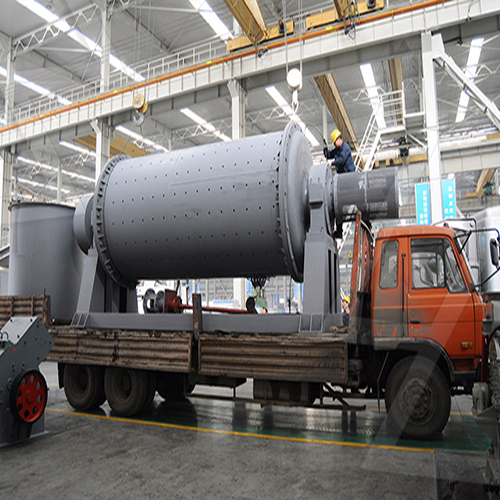Making a dredge from a trash pump is a practical DIY project for small-scale dredging, such as clearing silt, mud, or sand from ponds, streams, or shallow waterways. Here’s a step-by-step guide:
Materials Needed:
1. Trash Pump (gas or diesel-powered, preferably with a high flow rate and solids-handling capability)
2. Suction Hose (reinforced, flexible hose—typically 3–6 inches in diameter)
3. Discharge Hose (to carry away dredged material)
4. Dredge Head or Nozzle (can be homemade or purchased)
5. PVC or Metal Pipe (for the suction tube)
6. Wire Mesh or Grate (to prevent large debris from clogging the pump)
7. Clamps & Fittings (to secure hoses and connections)
8. Floatation Device (optional, to keep the suction end buoyant)
 Steps to Build the Dredge:
Steps to Build the Dredge:
# 1. Modify the Suction End
– Attach a rigid pipe (PVC or metal) to the suction hose to act as the dredge head.
– If needed, add a wider intake nozzle to improve suction efficiency.
– Install a wire mesh screen at the intake to prevent large rocks or debris from entering.
# 2. Connect the Hoses
– Secure the suction hose to the pump’s inlet using clamps.
– Attach the discharge hose to the pump’s outlet.
# 3. Add a Jet Assist (Optional for Better Performance)
– Some DIYers use a secondary water jet near the suction head to loosen compacted material before it’s sucked up.
– This can be done by T-ing off part of the discharge flow back toward the suction head.
# 4. Buoyancy & Stability (For Floating Operation)
– If working in deep water, attach floats (like foam blocks or barrels) to keep the suction end at the right depth.
– Alternatively, mount it on a small raft if needed.
 # 5. Test & Adjust
# 5. Test & Adjust
– Start with shallow material first to ensure proper flow.
– Adjust suction depth and angle for best performance.
– Monitor for clogs—trash pumps handle solids well but can still get blocked by large debris.
Safety & Tips:
✔ Use gloves and eye protection when operating.
✔ Avoid running the pump dry—keep water





Leave a Reply